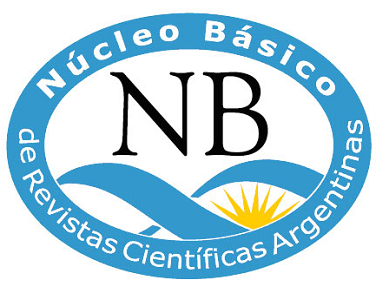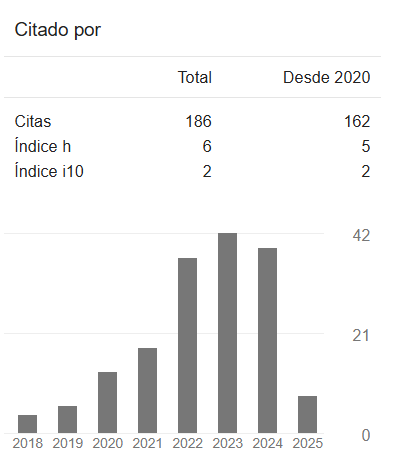Industrial Design Institute (IDI). Innovation and Technology. Conversations
DOI:
https://doi.org/10.35305/23626097v8i15.356Keywords:
industry, multidiscipline, educationAbstract
From a retrospective view, the creation of the Institute of Industrial Design in Rosario was a significant contribution to the development of Argentine industrial design because it gave raise to the acknowledgment of both the importance and the value that design provides to the integral quality of the product. Its impact went beyond the local sphere due to an unprecedented proposal: to work closely with industry. No less important was the constitution of the work team which -as early as 1962- was based on multidisciplinary and collaborative design. This paper deals with IDI history and its characteristics as well as the research developed by the Laboratory of Applied Ergonomics and the Laboratory of Aesthetics of Design. The innovative way of working is addressed articulating conversations and texts. It is important to highlight that -in spite of the Institute closure- IDI students, professors, and professionals have maintained, as a legacy, its practices throughout their professional activities.
Downloads
Metrics
References
Grivarello, E. (2007, noviembre 28). Relación entre la historia de la industria y la historia del diseño en Argentina. Ciclo de Charlas Hablando de Diseño. Hitos, relatos y vivencias del diseño en la Argentina, organizado por el INTI-Programa de Diseño 2007. Instituto Nacional de Tecnología Industrial de Argentina. Centro de Expresiones Contemporáneas de Rosario. Disponible en: http://www-biblio.inti.gob.ar:80/gsdl/collect/inti/index/assoc/HASH0187/0faffc2c.dir/hitos_rosario.pdf
Hiba, J. C. (2020) Orígenes del Instituto de Diseño Industrial. Testigos privilegiados. Recuperado de: https://trazos.fceia.unr.edu.ar/relatos/47-origenes-del-instituto-de-diseno-industrial.html

Published
How to Cite
Issue
Section
License
Open access policy
A&P Continuidad is a non-profit and open access publication. According to Mexico Declaration on Cultural Policies, the journal distribution is submitted to Creative Commons Attribution-Noncommercial-ShareAlike 4.0 International Public License (CC BY-NC-SA). “Neither the commercial use of the original work nor that of the possible derivative works are allowed. The distribution of derivative works should be submitted to the license regulating the original work. This license is not free.”
A&P Continuidad authorizes the partial or full reproduction of texts and graphs provided that the source is cited. Authors are exclusively responsible for the criteria expressed in the articles which do not necessarily reflect the opinion of the Editorial Committee or that of the Direction Board. The copyright of the published articles pertains to their authors or publishers.
Transfer of rights
The acceptance of an article to be published implies the author’s transfer of rights to the journal. Authors continue to have the right to use the material in future books or publications, approve or veto the republication of their works as well as the rights related to patents or other rights. Transfer of rights form may be downloaded here.





























 This OJS site and its metadata are under a
This OJS site and its metadata are under a 

